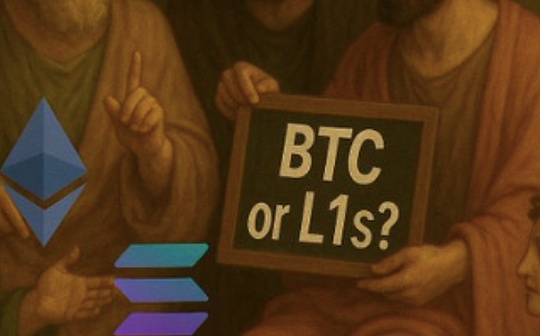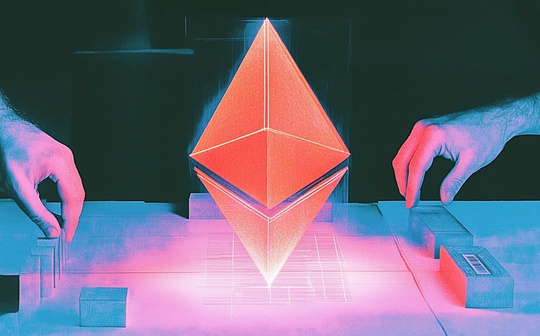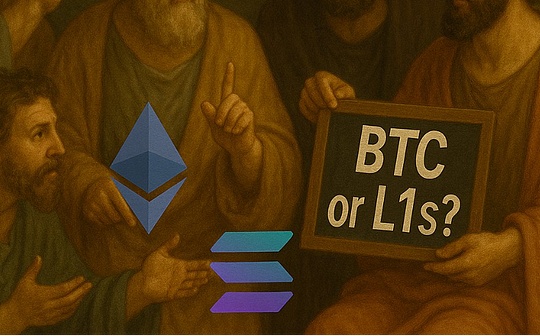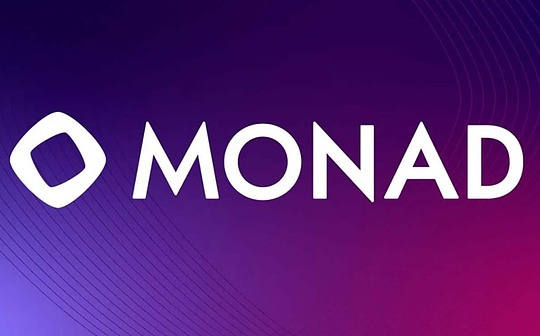
Author: Decentralised.co Source: X,@Decentralisedco Translation: Shan Ouba, Bit Chain Vision Realm
Expansion of transactions has always been a hot topic in the industry.In the past few weeks, we have been exploring how Monad helps improve transaction processing speed (TPS).This article explains the operating principle of Monad in detail.
TPS is the measure of measures we have always paid attention to.We hope that the blockchain can support higher TPS to accommodate more users and applications.The figure below shows the TPS number of Ethereum and L2.So far, no chain has exceeded the 100 TPS mark.It should be noted that TPS is a general term for measuring scalability.Because not all transactions are the same, simple TPS data is not accurate enough.But for the sake of convenience, we still regard TPS as indicators to measure scalability.
>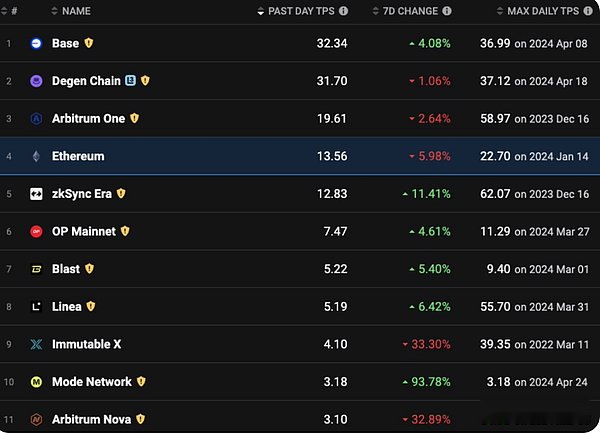
What are the ways to improve the TPS?
One method is to build a new system from scratch like Solana.Solana sacrificed the compatibility with EVM for speed.It uses multi -threaded execution instead of a single -threaded execution (can analog multi -core CPU and single -core CPU), handle transactions in parallel, and use different consensus mechanisms.
The second method is to execute and use centralized sorters to expand Ethereum with the chain.
The third method is to decompose EVM into separate components and optimize to improve scalability.
Monad is a newly raised EVM compatible L1 blockchain with a newly raised $ 25 million. It chose to build EVM from scratch instead of using the existing version directly.Monad uses the third method to improve scalability.
Below we will discuss some major changes introduced by Monad.
Parallel execution
Ethereum virtual machine (EVM) serial execution transaction.Before the execution of the previous transaction is completed, the next transaction must be waited.For example: imagine a platform for a motorcycle assembly warehouse.Most trucks are transported to motorcycle parts (each truck is equipped with all parts required to make 50 motorcycles).There are four different functions in assembly warehouses, and each function is responsible for -uninstalling, classified, assembled and loaded.
>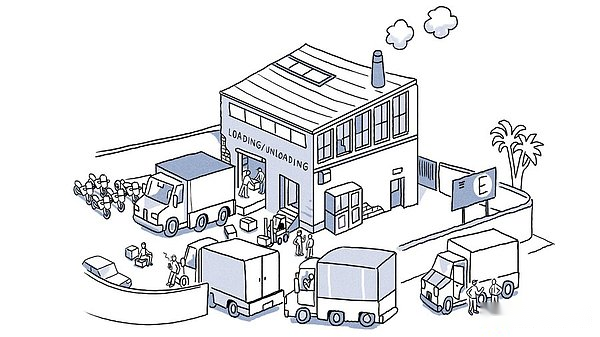
In the current EVM settings, there is only one platform, which is used for loading and unloading goods.Therefore, when the truck stops, the motorcycle parts will be uninstalled, classified, assembled and loaded on the same truck.When the classification team works, other teams are waiting.Therefore, if their jobs are regarded as different slots, each team will work only once every four slots.This has led to severe efficiency and highlighting a more simplified way.
Now I imagine four platforms with independent loading and unloading areas.Even if the uninstalled team can only deal with one truck at a time, they do not have to wait for the next three slots to work.They can move directly to the next truck to start working.
The same is true of classification, assembly and loading teams.When the truck is uninstalled, it will drive to the loading area and wait for the loading team to load the assembled motorcycle.Therefore, only one platform and loading area warehouses will perform all operations in order, while warehouses with 4 platforms and different loading and unloading areas can handle tasks in parallel.
>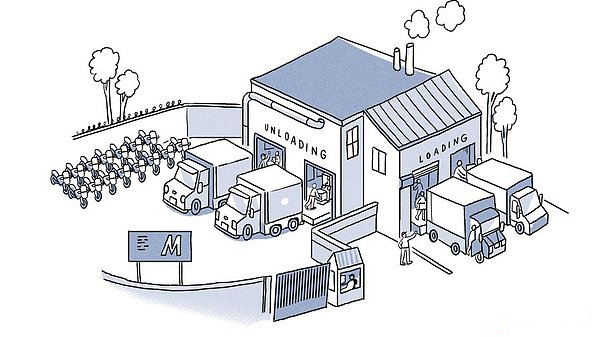
Monad can be regarded as a warehouse infrastructure with multiple truck platforms, but it is much more complicated than this example.When there is a dependency between trucks, the complexity increases.For example, what if all parts need to be made on a truck without manufacturing 50 motorcycles?The transaction is not always independent.Therefore, when Monad is executed in parallel, it must handle mutual dependent transactions.
How to do this?It executes an operation called optimistic and parallel execution.The agreement can only perform independent transactions in parallel.For example, consider 4 transactions, where the balance of Joel is 1 ETH:
-
Joe send 0.2 ETH to Saurabh.
-
SID (SID) casts a NFT.
-
Jor sends 0.1 ETH to West Germany.
-
ShLOK (ShLOK) buy PEPE.
All of these transactions are executed parallel and have the results of the confirmation of the hanging. These results will be submitted one by one.If the output to be treated is conflict with the original input of any transaction, the transaction will be re -executed.Transactions 2 and 4 are independent of each other, so their to be treated will not conflict with the input of other transactions.But 1 and 4 are not independent.
Please note that because all 4 transactions start from the same initial state (Joel balance is 1 ETH), it is concerned about Joel’s balance here.After sending 0.2 ETH, Joel’s balance becomes 0.8 ETH.After sending 0.1 ETH to West Germany, his balance became 0.9 ETH.The result is submitted one by one to ensure that the output does not conflict with any input.After submitting the results of the 1, Joer’s new balance became 0.8 ETH.
This output conflict with the input of 3.Therefore, re -execute 3 with a 0.8 ETH input now.After executing 3, Joel’s balance became 0.7 ETH.
Monaddb
>
At this point, an obvious problem is, how do we know that we don’t have to re -execute most transactions?The answer is that re -execution is not a bottleneck.The bottleneck is to access the memory of Ethereum.It turns out that Ethereum stores its state in the database that makes the access status difficult (time -consuming and expensive).This is another place where Monad improved -MonaddB.Monad constructs its database in a way to reduce reading operation -related expenses.
When a transaction needs to be re -executed, all inputs have slowed the cache memory. Compared with the overall state, the access of the cache memory is much faster.
Solana has 50,000 TPS on the test network, but only about 1,000 TPS on the main network.Monad claims that 10,000 actual TPS has been achieved on its internal testing network.Although this does not always represent actual performance, we can’t wait to see the performance of Monad in practical applications.

